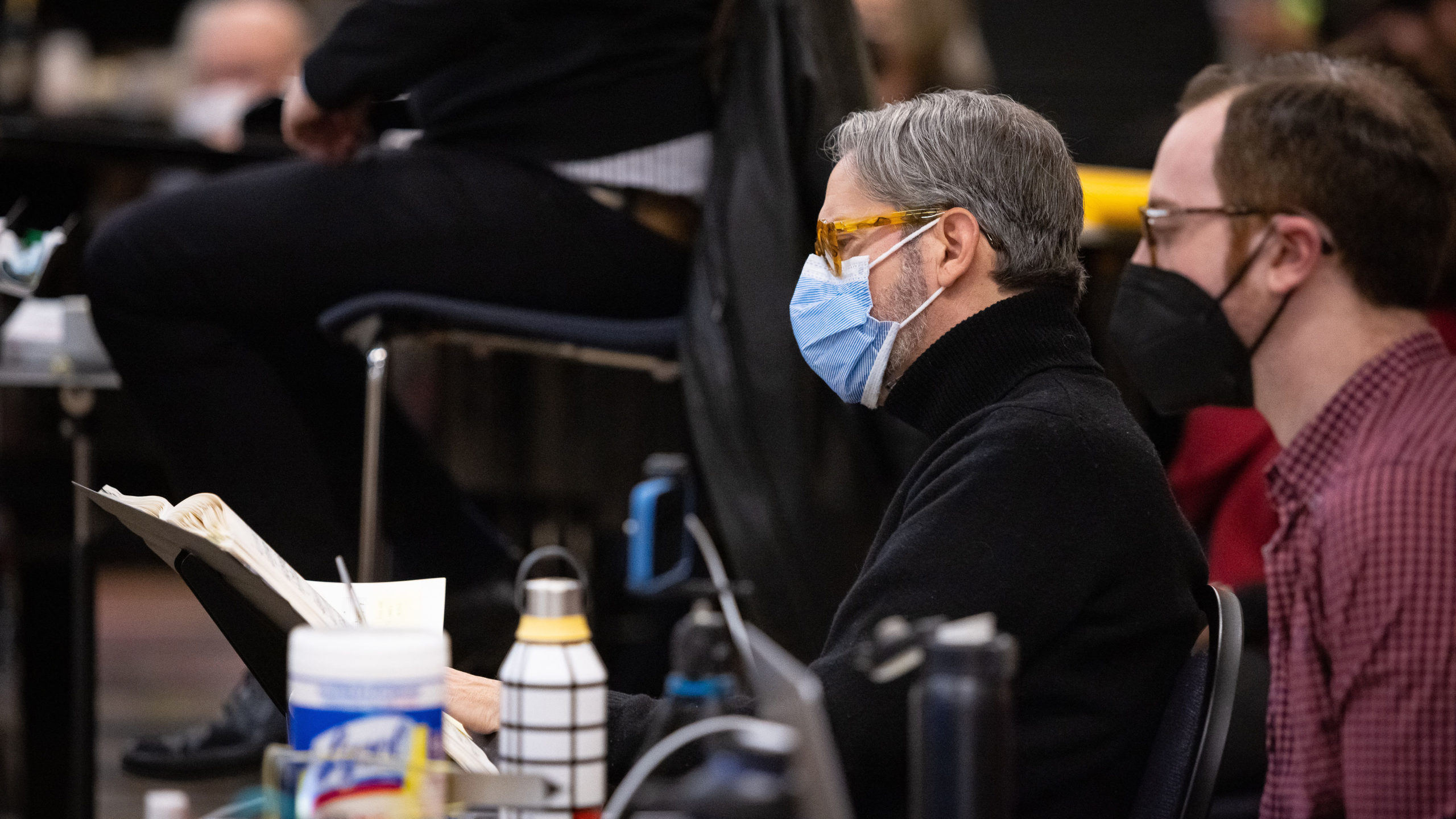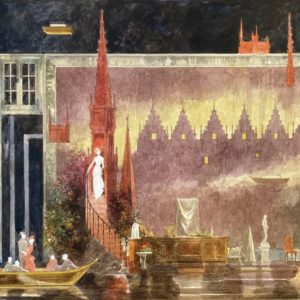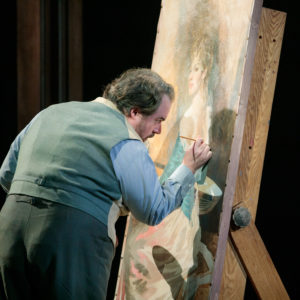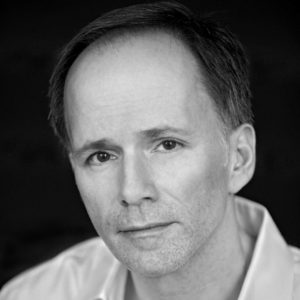Q&A with Director Chas Rader-Shieber

By: Jennifer Colgan
It is not an easy feat to direct an entire opera, much less one that is rarely performed and being built from scratch. However, Chas Rader-Shieber is up to the task for our winter production of Die tote Stadt (The Dead City). Let’s hear from the director in a Q&A about his approach to this exciting project and a little of what you can expect from Korngold’s masterpiece.
Have you directed Die tote Stadt before? What about the project intrigued you when you were approached with it?
I have never directed this opera before, but it’s been on my mind for a long time. Die tote Stadt is one of those operas that I’ve had on a little list of projects I dream of staging one day. One of the few moments of magic during the pandemic for me was getting the call from the Ellie Caulkins General & Artistic Director Greg Carpenter offering me this astonishing opportunity. The music and story are amazingly intertwined, and something about that combination speaks (or sings) to me. It’s simultaneously grand and intimate, passionate and violent. In the end, it is ultimately mysterious—what more could one want?
Tell us about your vision for Die tote Stadt. What can audiences expect?

To say too much now would be to spoil some of the surprise. But, I can say that the production is truly beautiful, without being beholden to a specific reality. The visuals are very much like the opera itself. We’ve chosen to ground the production in the period of the novel, the time of Freud, and the beginning of understanding the subconscious mind. But the visuals take off from there and morph into a stunning kind of fantasy for the leading character. As for what the audience can expect—sometimes it’s most important to come to an opera without any preconceived notions, an open mind, and a willingness to be surprised and thrilled. The music alone is mind-bogglingly beautiful!
Get a preview of the music in Korngold’s Die tote Stadt>>
In this production, the protagonist, Paul, is a painter. Why did you choose to make this addition to the story?

Source: Matthew Staver
When I started to work on the piece, I wondered about Paul and his obsession with his late wife Marie. It’s not just the emotional difficulty of getting over her death, but the physical obsession—the shrine to her that he keeps—that got me thinking. I wanted to find a way to justify that obsession visually. The designer, Robert Perdziola, and I decided, perhaps, Paul wasn’t just keeping the images of Marie around himself, but actually creating those images. And thus, he became a painter. The mind of the artist is an interesting one, and Paul as an artist helps tell the story (especially of his fantasy life) so well.
Learn more about the plot of Die tote Stadt>>
What is your biggest challenge in bringing Die tote Stadt to life?
It’s a big opera! There are lots of forces at work here: singers, dancers, a huge orchestra, multiple scenic locations, and a visual world that has to amaze and delight. As intimate as the story is, the scale of the production needs to match the music, and that’s a lot of work. The good kind of work!
Have you worked with designer Robert Perdziola before? What is it like collaborating with him?

I have worked with Bob a number of times before, and I knew he was the perfect person to create this production with me. Aside from being a wonderful designer and visual storyteller, he is a remarkably fine artist and painter. I had a feeling that this opera would speak to him in some profound way, and when you see the production, you’ll know why I was right.
Many of our patrons have not heard of Die tote Stadt. Why should they see it?
Everyone I know who encounters this opera for the first time is shocked that it isn’t performed more often. They all hail it as a forgotten masterpiece. If you can find the singers who can manage these extremely difficult roles (as Opera Colorado has done), it would be a shame to miss such a golden opportunity to hear/see it for yourself.
—
We hope you share director Chas Rader-Shieber’s enthusiasm for this magnificent opera. Come see his vision brought to life on stage this winter. Tickets start at just $39>>
What are you most looking forward to seeing in Die tote Stadt? Let us know in the comments below.



I’ve never had the opportunity to hear this wonderful opera live, so am quite excited. I hope you will give due consideration to staging another wonderful opera by a great film composer (though he would bristle at this description, calling himself a ‘composer who wrote music for films), WUTHERING HEIGHTS by Bernard Herrmann. The Minnesota Opera did a wonderful production a decade ago – as I recall, the first time it’s ever been staged in complete form, conducted by Michael Christie.